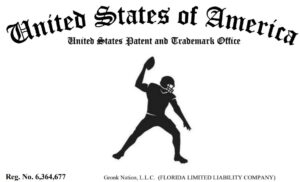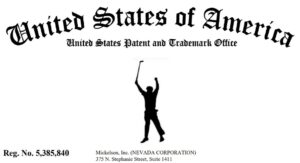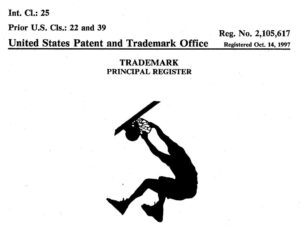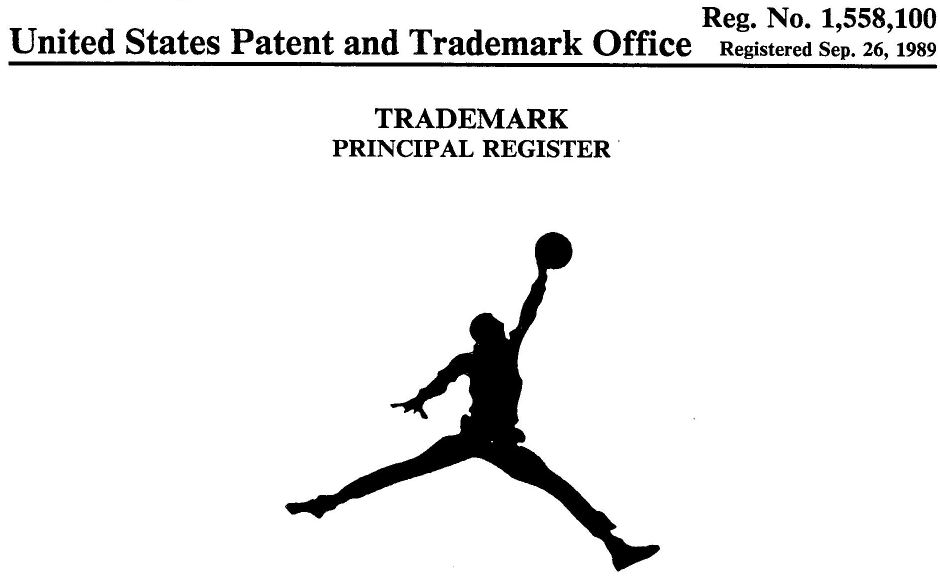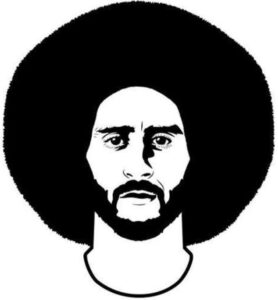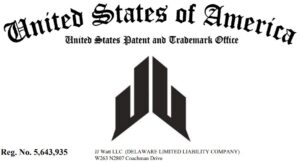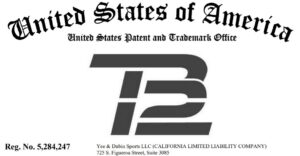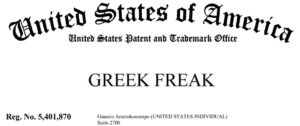NIL Laws: How College Athletes Should Protect Their Name, Image and Likeness
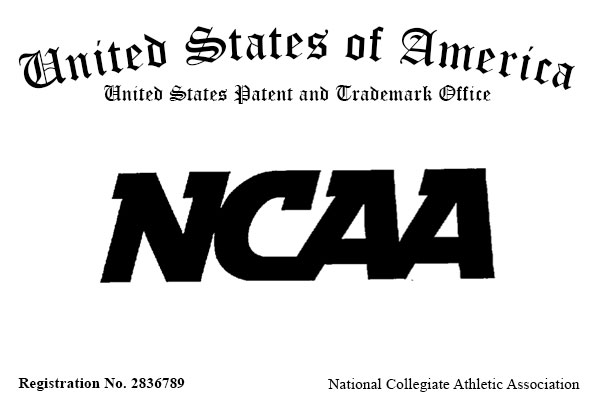
For years, the debate surrounding college athletes’ monetization of their NIL–a commonly used acronym that represents name, image, and likeness–has prevented student athletes from capitalizing upon their on-field success and profiting from their collegiate athletic careers.
Numerous states including California, New Jersey, and Florida have now passed legislation to provide college athletes with the right to profit from their name, image, and likeness. California’s Fair Pay to Play Act will take effect in January 2023, and Florida’s Intercollegiate Athlete Compensation and Rights Bill will take effect as early as July 2022.
As a result of these new laws, the NCAA, which operates as a multi-state entity, is under immense pressure to reform its bylaws and create a uniform standard for student athlete compensation.
The conversation is not to directly pay the student athletes for their performance, but it is to allow them to capitalize on their marketability. In a recent decision by the Supreme Court, the NCAA may be subject to antitrust regulation concerning this issue. The NCAA will no longer be able to hide behind the amateurism defense and must alter its bylaws. This, combined with the pressure from pending state legislation, will allow for student athletes to finally benefit from their highly marketable name, image, and likeness rights during their tenure as college athletes.
In this age of influencers and content creators, NCAA competitors will now be able to join those ranks by accepting sponsorship deals and endorsements through their social media platforms, marketing products to their rapidly growing follower count. From the college athlete’s perspective, an understanding of brand strategy and methods of protection for their name, image, and likeness are crucial. On the surface, this may seem like a straightforward process, but it is imperative that each student not only builds a worthwhile brand, but also protects it through effective trademark strategy.
The number one way for college athletes to protect their names and brands is by filing trademark applications. This process, characterized by selecting and clearing the marks, filing the applications, and maintaining the trademarks once they have registered through renewals, is instrumental for NCAA athletes to safeguard their public image and associated branding.
College Athletes Can Use Trademark Filings to Protect Their Name, Image and Likeness
There are multiple facets of an athlete’s NIL that can be protected with a federal trademark registration. The primary focus should be on the name, logo, and slogan that are perhaps correlated with each individual.
- Protecting the athlete’s name or popular nickname should be at the top of the priority list. Name recognition is crucial and obviously creates a direct link between the athlete and their product offerings. Obtaining a trademark registration for a name prevents outside parties from distributing products bearing that name without the individual’s permission, allowing them to retain control of the offerings associated with them. This is also an opportunity for the athlete to market themselves under a preferred name or nickname; for example, this may be advantageous should they have a very common name, or perhaps one that is confusingly similar to someone else in the athletic space.
- Slogans and catchphrases dubbed on the field often stick to an athlete’s public image; if applicable, this is another ideal trademark application to file. These sayings, often coined on the fly in celebration or in the heat of the moment, are definitive of the athlete’s persona and create a relatable connection with fans, making them another fitting example of potential trademark material for their branding.
- Image and likeness trademarks are often manifested in logos, typically bearing some sort of symbol or depiction of the individual they are meant to represent. These emblems allow an immediate connection between the consumer and the logo owner, and the key to a good, functional logo is the formation of that association with purely visual elements.
NCAA Athletes Can Learn From the Pros
Excellent examples of these possible NIL trademarks for collegiate athletes can be found by looking at the marks for which professional athletes have decided to file. Each one of these is potentially more intricate below the surface than one might realize; for example:
- Daniel Jones’ “Danny Dimes” moniker:
- Kawhi Leonard’s iconic line, “What it do, baby?”:
- Rob Gronkowski’s silhouette of “gronking”:
- Mickelson’s leap logo:
- Shaq’s iconic dunk logo:
- Michael Jordan’s jumpman logo:
- Colin Kaepernick’s black and white portrait logo:
- JJ Watt’s logo:
- Joel Embiid’s “The Process” slogan:
- Tom Brady’s TB12 logo:
- Giannis Antetokounmpo’s nickname, the “GREEK FREAK”:
Current Status of NIL Laws
As it stands, the NCAA is currently undergoing a major shift in addressing the issue of student athlete compensation. Before the NCAA can make any formative changes to its bylaws however, it must await a decision from the Supreme Court concerning the case of Alston v. NCAA. The outcome of this case will determine whether the NCAA is subject to Antitrust regulation, and thus in violation by refusing to pay its student athletes.
Additionally, there are several bills before Congress that will offer a federal level of protection for student athletes: the Amateur Athletes Protection and Compensation Act of 2021, the College Athlete Economic Freedom Act, and the College Athletes Bill of Rights. Each bill varies in the level of compensation, but the basic impact remains consistent. If enacted, this legislation will provide the legal tools for athletes to properly compensate from their name, image, and likeness.
In the wake of this new legislation, the popular sports video game franchise, EA Sports College Football, announced it would be making a return. The game was discontinued in 2013 after the initial push for NIL student athlete rights. The video game franchise may not return until the passing of solidified legislation, which will likely happen in 2023. The landscape of college sports will surely change in the near future.
As it stands sixteen states have passed NIL laws, with six of them taking effect in 2021. There are roughly five proposed federal NIL laws, two of which that are active in the current session of Congress. In addition to legislative pressure, developmental, professional, and international sports leagues are proving to be viable options for players wanting to bypass the NCAA system altogether. In order to maintain its hold on the bridge between amateur and professional athletics, the NCAA will have no choice but to allow for student athletes to compensate from their name, image, and likeness.
Legal Assistance for NCAA Athletes
Overall, the trademark application process and maintenance of the registrations can be a complex endeavor and is always one best facilitated with the assistance of an experienced trademark attorney. Intellectual property counsel are able to prepare and analyze clearance searches for potential trademarks, file applications efficiently, and track renewal deadlines to ensure the registrations remain valid. They are also proficient in monitoring the federal trademark register for any potentially infringing applications that are newly filed, as well as capable of monitoring the marketplace for any fraudulent products being distributed. Overall, the best way to achieve a robust IP portfolio that reserves each college athlete’s maximum trademark rights is by enlisting the assistance of qualified legal representatives that can navigate this evolving sphere proficiently.
If you are a college athlete interested in protecting your growing brand and taking advantage of these groundbreaking NIL law changes, please reach out to an attorney at Gerben Perrott today. With extensive sports knowledge and a unique understanding of an athlete’s branding needs, we are particularly equipped to bolster your trademark roster and help you succeed beyond your collegiate career.
Do you need assistance with a trademark matter?
Contact an Attorney Today


